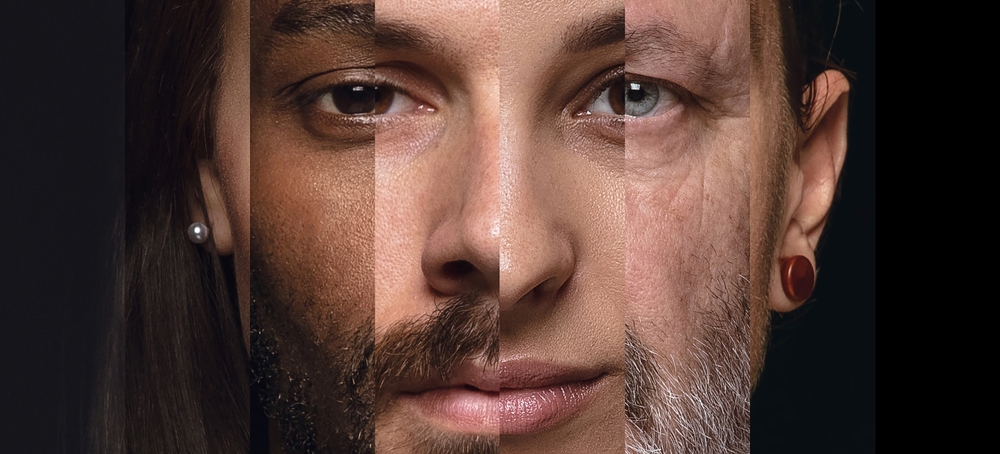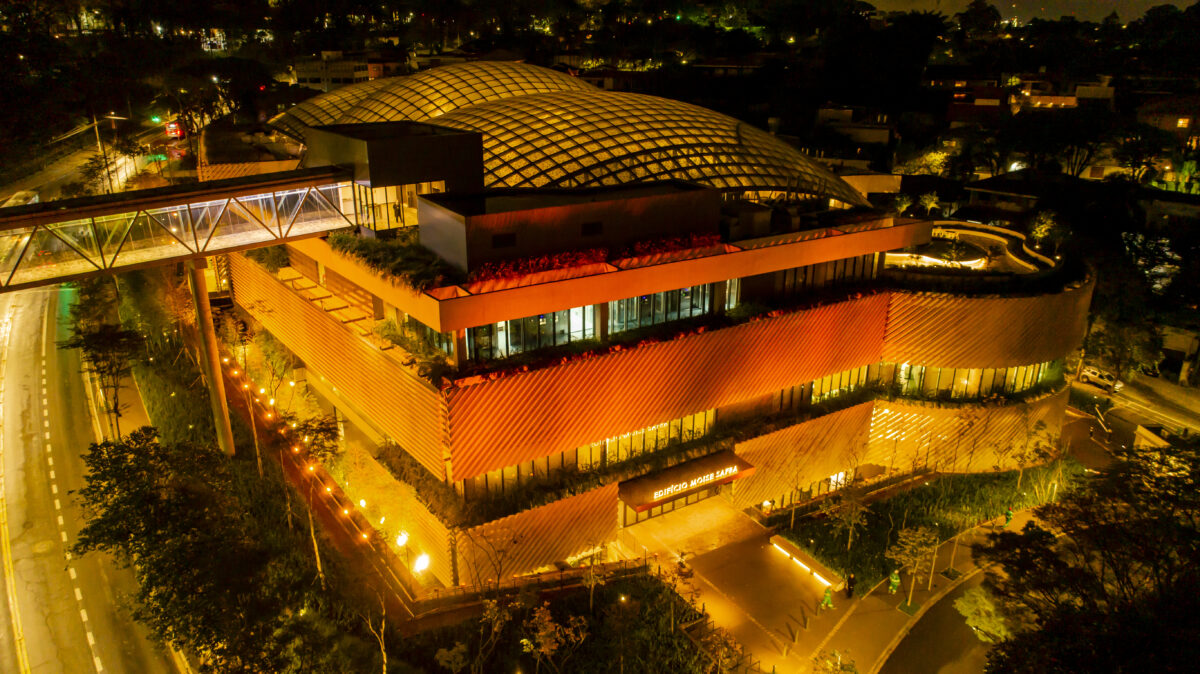 #Essays
#Essays
The transformative potential of diversity in technology
Diversifying technological development encompasses more than just innovation in technology; it also involves incorporating a range of genders, races, knowledge systems, and perspectives into the process
 Diversity in technology teams helps expand access to different products and services to a wider range of people | Image: Shutterstock
Diversity in technology teams helps expand access to different products and services to a wider range of people | Image: Shutterstock
Technology is a product of human creation and, as such, reflects the contexts and choices of its creators. Consequently, technologies are not neutral.
The critical issue is that technological innovation, as it has unfolded, has largely been shaped by a limited group of voices. This situation has far-reaching consequences.
Technologies developed by homogeneous teams tend to overlook diverse realities, thereby perpetuating—and, in the medium and long term, exacerbating—social, racial, and gender inequalities.
Artificial intelligence, for example, an area that has seen exponential growth in recent years, relies on vast amounts of data to learn and make decisions.
This data, in turn, reflects the society in which it is generated—a society that, regrettably, is far from equitable.
The lack of diversity in technology teams results in the creation of products that are not designed to be universally accessible.
This issue manifests in everything from algorithm development to the design of digital interfaces that fail to account for the diversity of bodies, cultures, and ways of interacting with the world.
An emblematic case is that of facial recognition systems, which for years have been less effective for Black individuals.
A study conducted by researchers at the Massachusetts Institute of Technology (MIT), in the United States, and Microsoft revealed that these systems misidentified Black women 34% of the time, whereas the error rate for white men was only 1%. This discrepancy arose simply because the developers failed to account for the importance of incorporating more diverse data and images into their systems.
However, this issue is not confined to cutting-edge technologies. It also affects basic devices, such as soap dispensers that fail to recognize Black hands, or apps that overlook the regional, linguistic, and cultural diversity found in countries like Brazil.
By expanding the range of those involved in developing technology, we can create solutions that genuinely serve everyone.
I believe that technology can be an instrument of both freedom and oppression. It all depends, above all, on who creates it and the uses we make of that creation.
Therefore, the importance of diversifying technological development cannot be overstated. Diversification in this field also opens up greater opportunities for innovation.
The future of technology is deeply connected to the ability to devise solutions for complex challenges. These solutions primarily emerge when there is a convergence of ideas, perspectives, and diverse experiences.
For technological innovations to be genuinely transformative, they must reflect this diversity.
Inclusion as a Strategy
Incorporating more women, Black individuals, and people from various age groups into technological development is not only a matter of social justice but also a strategic imperative.
When we speak of innovation, we are referring to new ways of understanding the past, reflecting on the present, and shaping the future—an endeavor that inevitably arises from human heterogeneity.
It is also essential to establish structures that foster this diversity within technological research.
Public policies, investments, and private initiatives that support researchers from diverse social, racial, and economic backgrounds are vital to ensuring that innovation mirrors the plurality of society.
This involves promoting scholarships, tax incentives, and accelerator programs that include underrepresented groups in the field of technology.

At Olabi, an organization dedicated to diversifying the technology and innovation landscape in Brazil, our research into the representation of women in the tech industry quickly revealed a significant lack of diversity.
Upon searching Google for visual references of Black women in this field, we discovered that they were nearly absent.
This gap prompted us to conduct a mapping of Black professionals, which, in its first year, identified nearly 600 women working in technology across various regions of Brazil.
However, simply hiring individuals from underrepresented groups is insufficient without creating support networks and continuous training opportunities that enable them to make a meaningful and lasting impact on technological development.
Our experience with the PretaLab initiative, a platform connecting Black women who are, or aspire to be, in technology, underscores the importance of not only integrating Black women into this field but also providing support through mentoring, technical training, and the strengthening of professional networks.
Participants can thus adapt to the sector and, crucially, reshape it with their own perspectives.
This is essential to ensuring that new viewpoints are not suppressed by structural barriers or professional isolation.
Networks that connect individuals in vulnerable positions, offering both technical training and psychological and community support, are vital for transforming diversity into innovation.
When these networks are established and reinforced, the impact extends beyond the immediate environment and begins to reshape the very structure of the technology industry.
Diversity and Innovation
Diversification in technological development also entails fostering greater dialogue between different fields of knowledge. Once again, innovation occurs when diverse perspectives intersect and challenge one another.
In practice, this not only means incorporating individuals of different genders and races into teams but also bringing together various areas of expertise.
An example of this convergence of knowledge can be seen in the Codigos Negros (Black Codes) project, an initiative by Olabi, now entering its fifth edition.
The project seeks to explore the intersection of art, technology, and Black culture, bringing together artists, technologists, and scientists to rethink how innovation can be shaped from an Afro-diasporic perspective.
If we fail to broaden the scope of those involved in creating the technologies of the future, we risk stagnating innovation. After all, creativity thrives in spaces where different worldviews converge.
Brazil has immense potential to contribute to this field. We are one of the countries that makes the most use of digital technologies on a daily basis.
If we are able to channel this energy into creating innovations that reflect our cultural and social diversity, we will undoubtedly be capable of developing powerful solutions.
In this process, media education and digital literacy play a pivotal role.
The goal must be to educate citizens who are not only capable of engaging critically with technology but also understand its social implications.
Without this, if we merely continue consuming technology, we risk perpetuating a system that benefits a few while excluding the many.
Societies that invest in diversity are better equipped to navigate crises, innovate in new areas, and promote more equitable economic and social development.
For technologies to continue advancing and provide solutions with the potential to transform the world at all levels, they must be developed by all people—in all their diversity.
Silvana Bahia is the co-executive director of Olabi, a fellow of Ashoka Brasil, a researcher, and holds a master’s degree in Culture and Territorialities from Fluminense Federal University (UFF). Recognized as one of the 100 most influential innovators globally by The Future Laboratory in England, she is also a columnist for Fast Company Brasil, where she shares insights on technology and innovation. Silvana is the editor of Pode um robô ser racista? (Can a robot be racist?), the first book in the Museum of Tomorrow’s Thinking Tomorrows collection, which was launched in 2023 and received the Internet Governance Highlights award from the Internet Steering Committee (CGI).
*
This article may be republished online under the CC-BY-NC-ND Creative Commons license.
The text must not be edited and the author(s) and source (Science Arena) must be credited.



